Notes
Abdullah's 100 Yard Prayer Rug: The Visual Landscape of Faith and Violence in Sports and the NFL
What does it mean to see prayer in American sports culture? Does it look like this:
Or this?
Perhaps (probably) this?
The performances captured in these images are now commonplace, reflecting the conflations between American sports and (evangelical) Christianity. According to the Pew Research Religion & Public Life Project, of the 78 percent of Americans who identify as Christian, only 26% affiliate with evangelical churches. Nevertheless, with the ascendance of conservative Christian politics and the growth of evangelical sports ministries in recent decades (for more on this, see Tom Krattenmaker’s excellent book, Onward Christian Athletes), Americans might be expected to conclude that the only expressions of faith that are permissible are those consistent with the images above. What they do not expect to see is this:
This image and the one leading the post come from the Monday Night Football game on September 29, during which Kansas City Chiefs safety Husain Abdullah returned an interception for a touchdown. He responded as he had once promised: “If I get a pick [interception], I’m going to prostrate before God in the end zone.” A devout Muslim, Abdullah is as committed to his faith as evangelical Christians are to theirs. Whereas performances of Christian faith by athletes are accommodated on the field, Abdullah’s celebration was met with a penalty for unsportsmanlike conduct.
According to Rule 12, Section 3, Article 1(d), “Players are prohibited from engaging in any celebrations or demonstrations while on the ground.” However, religious expressions are exempt from this rule, and that exemption should have extended to Abdullah. The National Football League (NFL), an organization beleaguered by a string of public relations disasters that have diminished the public’s ability to take seriously any apology (see here, and here, and here), responded quickly and acknowledged the penalty was a mistake. Nevertheless, we should take the opportunity to linger over this image a bit longer, not because of the official’s response on the field but because it helps reshape the visual landscape of prayer in sports.
There are not many openly Muslim athletes in the major professional American sports. Until Abdullah’s celebratory prayer, the most familiar image of an American athlete performing Islamic faith was likely that of the NBA’s Mahmoud Abdul-Rauf bowing his head in silent prayer during national anthem ceremonies before games in 1996:
Abdul-Rauf faced severe scrutiny and criticism for his actions, which he maintained were in response the “tyranny and oppression” symbolized by the American flag. His protest was silent, lawful, and grounded in his Muslim identity, yet it undoubtedly contributed to his early exit from the league. Apart from the Internet trolls, it appears Abdullah has been greeted with less of the animosity that was directed at Abdul-Rauf. Rather, most commentators seem to acknowledge that if Christians can pray without penalty, then Muslims should be able to as well. That’s good news, as far as it goes, especially at a moment of renewed anxiety and cynicism about Islam and its influence on global politics.
Nevertheless, the image of Abdullah prostrate in the end zone challenges our assumptions about religion and football, especially because of those global politics. As the U.S. ramps up its military efforts once again in Iraq and Syria, Americans are at risk of defaulting to common stereotypes about Islam. As a representative example, consider the recent exchange on CNN between anchor Don Lemon, religion scholar Reza Aslan, and comedian/commentator Bill Maher, during which Aslan grew increasingly dismayed at the simplistic reduction of Islam to fundamentalist violence. Meanwhile, NFL stadiums continue to serve as a site for the ritualistic renewal of American patriotism, muscular Christianity, and militarism, complete with ubiquitous promotional tie-ins with the U.S. Armed Forces, on-field commemorations of military personnel, and, of course, adrenaline-inducing fly-overs. These rituals have become seamless parts of the NFL’s visual spectacle, just another way to remind observers that being a good American/Christian/fan are one in the same.
For the many of us who are critical of the NFL but are reluctant to give up our passion for football, the aforementioned missteps are more than mere public relations disasters. Indeed, they must become opportunities to address the symbols of violence that the league promotes. Can Abdullah help us do that? Perhaps, as the image of his body prostrate in Muslim prayer is a symbolic counter to the bombastic trappings of a typical NFL game. In the CNN interview I referenced above, Don Lemon asks, “Does Islam promote violence?” At a moment when we are saturated with references to ISIS and other atrocities committed in the name of Islam, Abdullah offers a visual response to Lemon’s question. It is but one instance, but let it be the start of a better conversation about the role of all religions in sport and American public culture.
— Michael Butterworth
(photo 1: AP; image 2: Sports Illustrated. photo 3: Globe Photo. photo 4: Denny Medley, USA Today Sports. photo 5: ABCnews.com. photo 6: muslim-academy.com.)
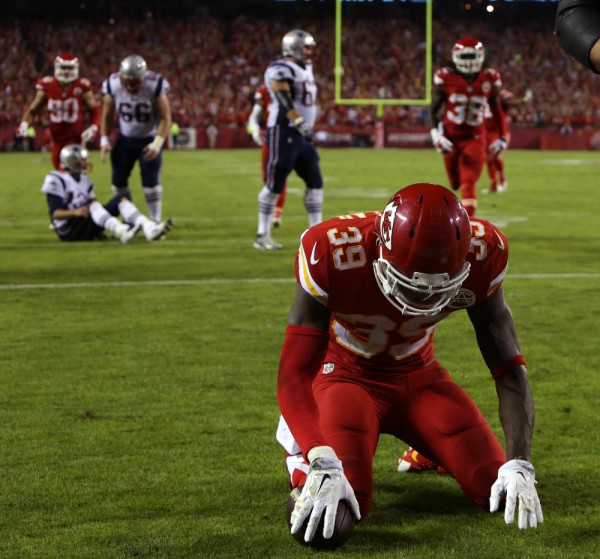
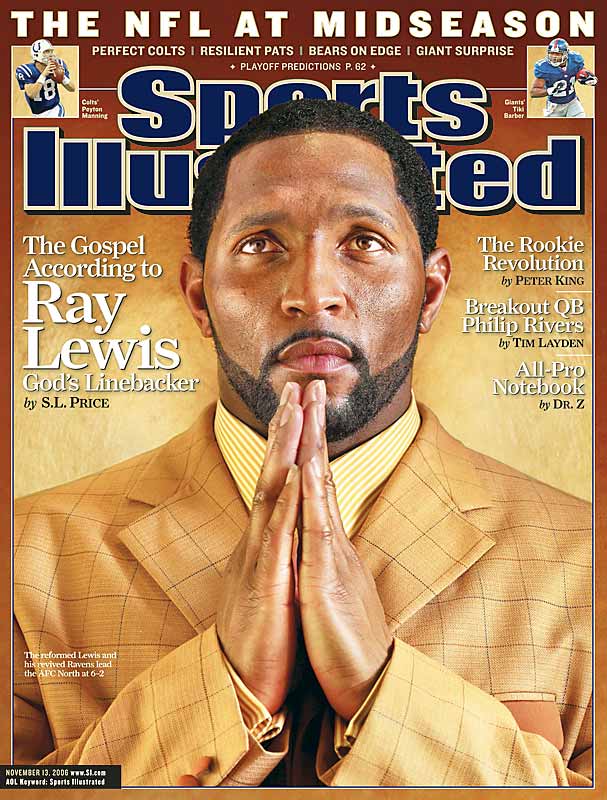
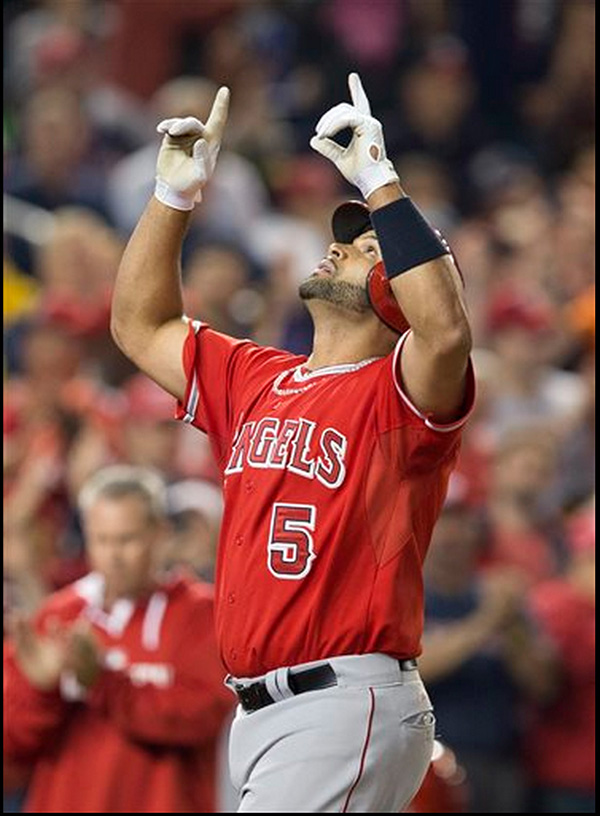
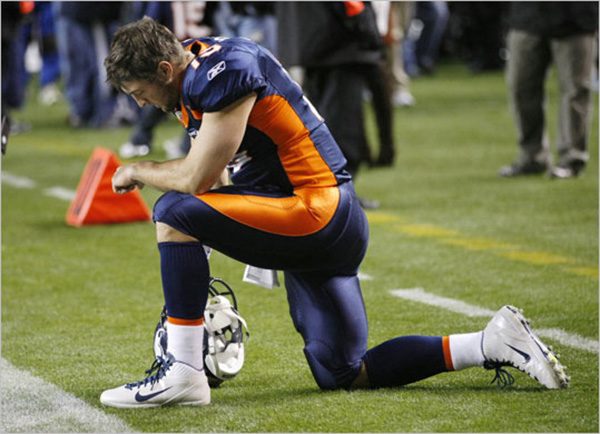
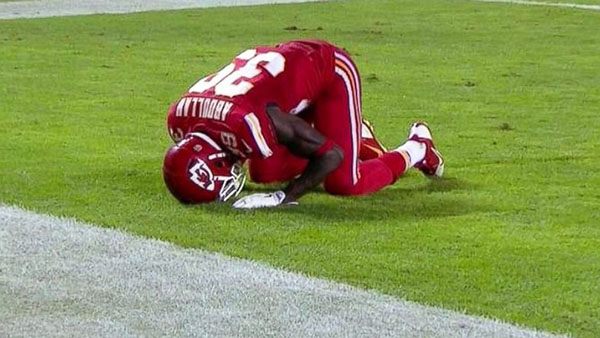
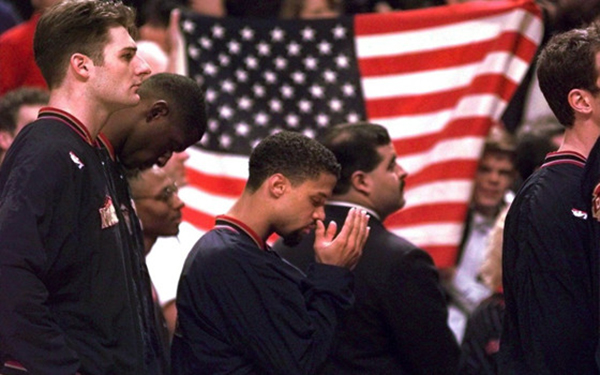
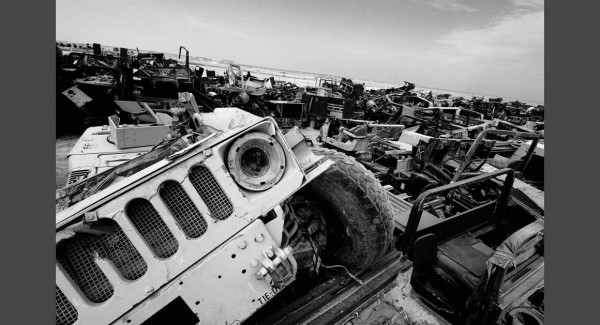
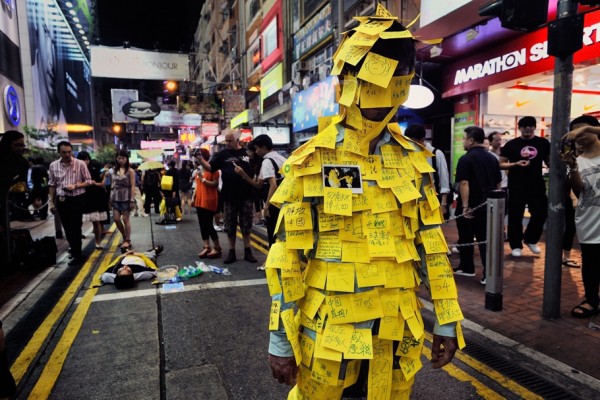
Reactions
Comments Powered by Disqus